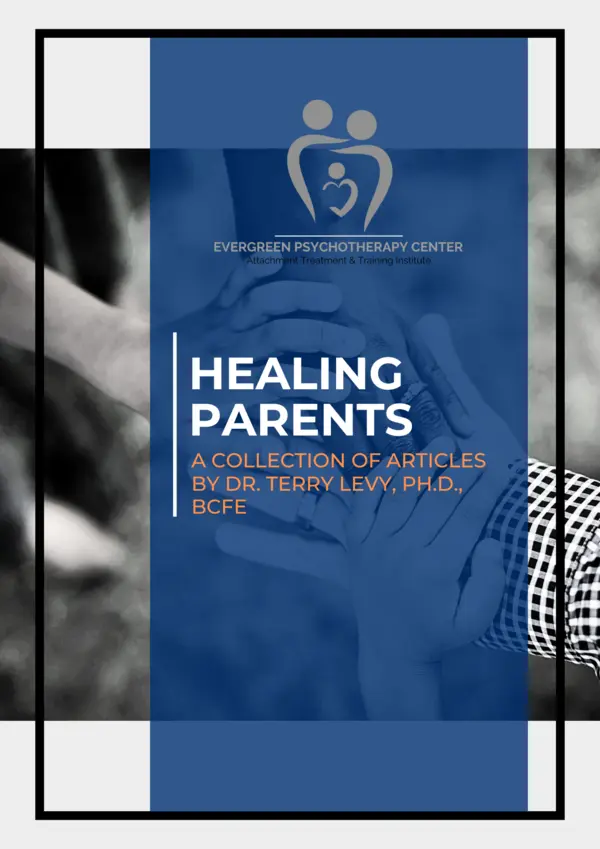Secure attachment can be established only in the context of a relationship that includes nurturing touch, eye contact, smiling, positive affect, need fulfillment and attunement:
Touch
For millions of years, mothers have held their babies “in arms,” providing nurturing touch and safe containment. The communication transmitted through touch is the most powerful way to establish a human relationship (Montagu 1986). Secure attachment involves loving and caring touch, as well as sensitive and appropriate limits and boundaries. Without touch children can die; with abusive touch and/or little loving and nurturing touch, children develop severe biopsychosocial problems and an aversion to the very touch and closeness they desperately need.
Eye contact
A newborn can focus his or her eyes on objects 7 to 12 inches away, the exact distance needed to make eye contact in arms. The caregiver-infant gaze is a primary releaser for the development of secure attachment and is synonymous with closeness and intimacy. Securely attached children are able to communicate and connect through eye contact. Children with disrupted attachment typically use their gaze to manipulate, control or threaten.
Smile and positive effect
The baby’s smile is an instinctive response that attracts the attention of the caregiver and encourages an ongoing positive caregiver response. The caregiver’s smile and positive affect help the baby feel safe and secure. The relationship between caregiver and a securely attached child is characterized by warmth, joy and love. Children who experience interpersonal trauma feel rejection, pain, fear and anger.
Need fulfillment
Successful completion of the first-year-of-life attachment cycle leads to the development of secure attachment. The sensitive caregiver gratifies basic needs, which alleviates the child’s stress and discomfort. Securely attached children learn to trust caregivers and believe that their own needs are valid. Children with compromised attachment mistrust caregivers and develop negative self-perceptions (“I am bad, defective, unlovable”).
Attunement
The infant’s brain is an “open loop system;” it relies on attuned and nurturing input from attachment figures for healthy development. Sensitive and attuned caregivers down-regulate stress, facilitate safety and trust and encourage optimal neural wiring.
